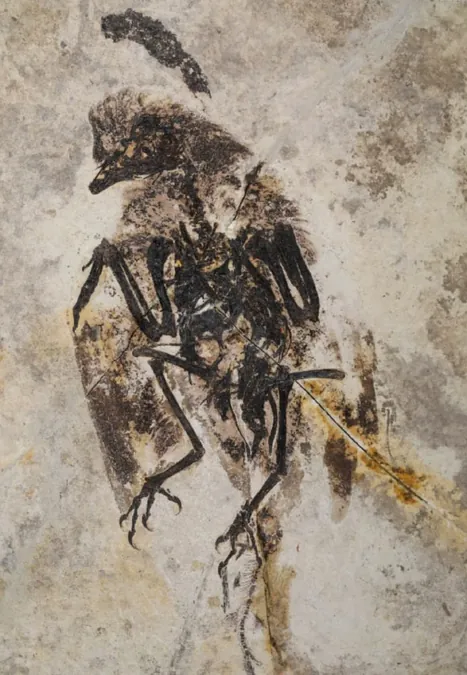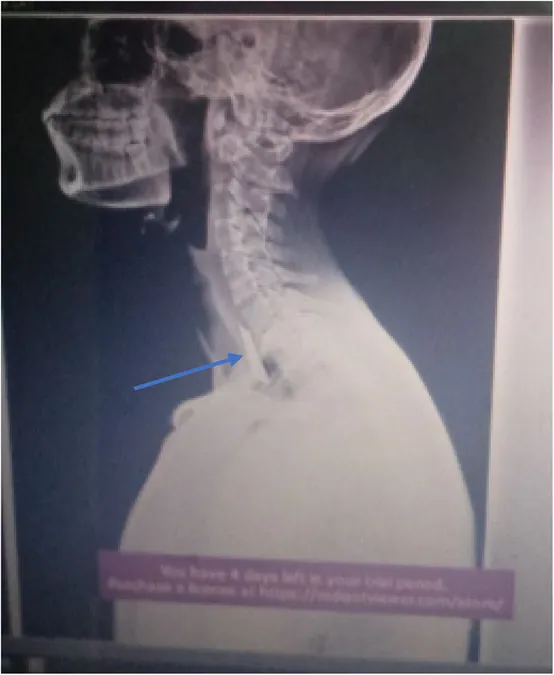
Exciting Discovery: Tiny Enantiornithine Bird Fossil Found in China!
2025-01-20
Author: Sophie
Exciting Discovery: Tiny Enantiornithine Bird Fossil Found in China!
A groundbreaking discovery has emerged from northeastern China, where researchers have identified a new genus and species of bohaiornithid enantiornithine bird from an almost complete and exceptionally preserved skeleton adorned with traces of feathers. This remarkable finding sheds light on the diversity and ecology of these ancient creatures, known for their unique anatomical features.
Dubbed Neobohaiornis lamadongensis, this new species dates back approximately 119 million years to the Cretaceous period. The enantiornithine group, translated as 'opposite birds,' is so named due to the distinctive structure of their shoulder joints, which are significantly different from those of today’s birds.
Dr. Jingmai O’Connor, a paleontologist at the Field Museum, highlighted the significance of enantiornithines: “Once the most diverse avian group during the Mesozoic era, these birds boasted over one hundred named genera and inhabited various ecological niches across the globe before their extinction 66 million years ago, likely due to the catastrophic meteor impact that wiped out the dinosaurs.”
The fossil of Neobohaiornis lamadongensis was unearthed from the Jiufotang Formation in Liaoning province. Given its estimated body mass of around 50 grams, this tiny bird challenges previous assumptions about bohaiornithids, whose other members are typically larger, weighing over 100 grams. This discovery expands the body size range and indicates a potentially broader ecological diversity among these ancient avians.
One of the most intriguing aspects of Neobohaiornis lamadongensis is its plumage. The fossilized skeleton preserves a remarkable array of feather traces, including a pattern of forewing and hind limb feathers, as well as distinctive tail feathers, which may illustrate that these birds had broad wings similar to other early Cretaceous enantiornithines.
Paleontologists also noted important skeletal adaptations in this lineage. These creatures displayed modifications that likely contributed to refined flight capabilities, emphasizing their evolutionary advancements during a pivotal time in avian history.
The implications of these findings underscore not only the intricate tapestry of bird evolution but also the remarkable environments of the Cretaceous period. Neobohaiornis lamadongensis, alongside other fossil discoveries, enrich our understanding of the complexity and diversity that existed in the avian world, reflecting the ongoing journey of scientific exploration.
This captivating research has been detailed in the journal *Scientific Reports*, bringing fresh insights to the ancient avian landscape of our planet. Don't miss out on following the investigation into these feathered marvels that once ruled the skies!









 Brasil (PT)
Brasil (PT)
 Canada (EN)
Canada (EN)
 Chile (ES)
Chile (ES)
 Česko (CS)
Česko (CS)
 대한민국 (KO)
대한민국 (KO)
 España (ES)
España (ES)
 France (FR)
France (FR)
 Hong Kong (EN)
Hong Kong (EN)
 Italia (IT)
Italia (IT)
 日本 (JA)
日本 (JA)
 Magyarország (HU)
Magyarország (HU)
 Norge (NO)
Norge (NO)
 Polska (PL)
Polska (PL)
 Schweiz (DE)
Schweiz (DE)
 Singapore (EN)
Singapore (EN)
 Sverige (SV)
Sverige (SV)
 Suomi (FI)
Suomi (FI)
 Türkiye (TR)
Türkiye (TR)
 الإمارات العربية المتحدة (AR)
الإمارات العربية المتحدة (AR)